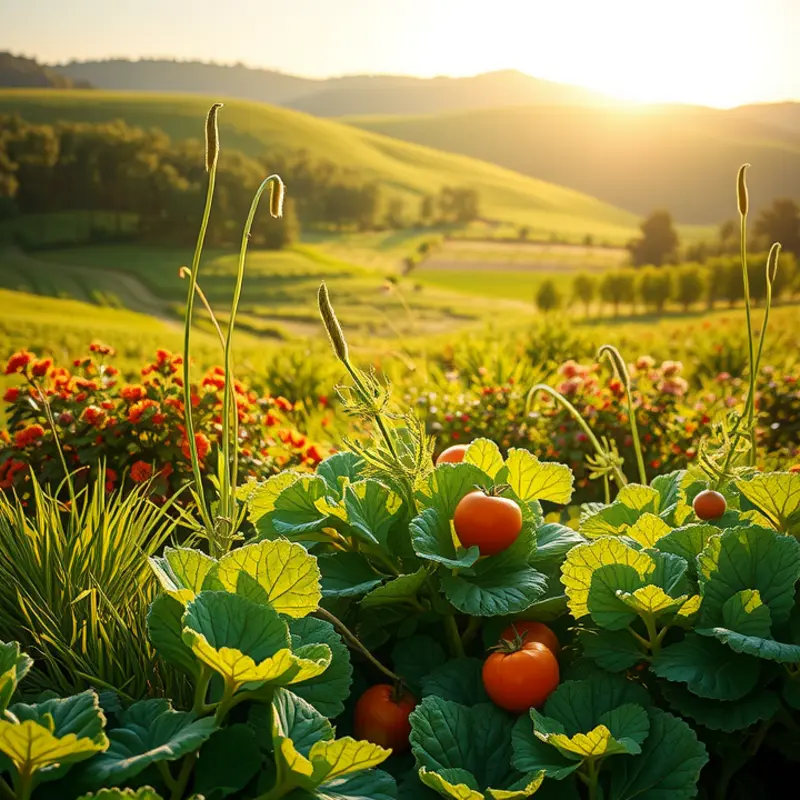Sri Lanka’s culinary heritage is as enchanting as its landscapes, weaving a rich narrative of flavors shaped by history, culture, and geography. Each dish tells a story, revealing the island’s vibrant past and deep-rooted traditions. This exploration of Sri Lankan culinary practices will introduce food enthusiasts and culturally curious readers to unique ingredients, traditional cooking methods, and the profound connections between food and community. From ornate feasts to humble street foods, Sri Lanka’s cuisine invites a discovery journey into its heart and soul.
The Symphony of Spices: Central to Sri Lankan Cuisine

Sri Lankan cuisine blooms with a complex symphony of spices, each note playing a pivotal role in crafting its distinct identity. The tropical island, once known as Serendib, was a jewel of the spice trade. Its terrain yields a bounty of spices such as cinnamon, cardamom, and pepper, imparting layers of flavor to the island’s dishes. These spices have not only been central to culinary practices but also to Sri Lanka’s cultural and economic history.
Cinnamon, especially the Ceylon variety, is revered as the “true cinnamon,” and lends a sweet warmth to both savory and sweet dishes. Its subtle complexity is a fundamental ingredient in iconic blends like “rice and curry,” where its warmth balances the dish’s aromatic richness. Cardamom, often found nestled among these flavors, introduces a camphorous aroma and sweetness that enhances the culinary symphony. Its seeds are gently crushed or left whole, depending on the desired intensity of flavor.
Black pepper, another cornerstone of Sri Lankan spice culture, varies in usage, from its appearance as a whole berry to freshly ground forms. Unlike the peppery heat of chilies, black pepper provides a nuanced kick, sharpening the interplay of spices in meat and vegetarian preparations alike.
Sri Lankan cooking techniques allow spices to shine, whether used in tempering, infusing oils, or simmering sauces. For example, coconut milk, a staple in many dishes, serves as a canvas that allows the full spectrum of spices to be experienced. The preparation of a traditional “rice and curry” dish is a testament to this artful balance. The dish typically includes a collection of small curries, each showcasing an individual spice palette.
Understanding the significance of symphonic spice use goes beyond flavor; it evokes centuries of trade and cultural exchange. Integrating diverse influences, including Arab, Portuguese, Dutch, and British, the culinary tapestry of Sri Lanka reflects a historical melting pot. Exploring global trade’s culinary impact further enriches our appreciation of today’s Sri Lankan flavors.
To craft your own “rice and curry,” start with a base of sautéed onions, garlic, and ginger. Add ground spices such as cumin, coriander, and turmeric, allowing them to bloom in oil. Introduce your choice of vegetables or meats, followed by coconut milk to meld the spices. Balance the deep spices with fresh elements like lime or tamarind.
Sri Lankans also employ roasting, which intensifies spices, creating complex flavor profiles. This technique is common in fine-tuning spice blends for specific dishes. In Sri Lanka, the deliberate symphony of spices isn’t just about taste; it’s a journey through the history, trade, and tradition of this vibrant island. The exploration into these flavors offers a cornerstone for understanding the broader contexts and influences that inspire one of the world’s most aromatic cuisines.
Celebrating Culinary Traditions: Festivals and Family Gatherings

In Sri Lanka, festivals are vibrant celebrations where food plays a central role, epitomizing the essence of culture and community. The Sinhala and Tamil New Year, a festival that heralds a new harvest, stands out as a culinary extravaganza. During this festival, families come together to prepare an array of traditional dishes, each with its own unique significance.
At the heart of these festivities is rice, a staple in Sri Lankan cuisine, often transformed into delightful sweetmeats like kavum and kokis. These sweets are not just culinary delights but symbols of prosperity and joy, lovingly crafted by family members gathered in bustling kitchens.
Traditional curries also take center stage during these celebrations. Dishes such as kiribath (milk rice) are accompanied by spicy fish curries, highlighting the harmonious blend of flavors that Sri Lankan cuisine is renowned for. Each dish is crafted with careful attention to balance—the perfect interplay of local spices, coconut milk, and fresh ingredients ensures that every bite is a testament to the island’s rich culinary heritage.
Family gatherings during these festivals are a testament to the communal spirit deeply ingrained in Sri Lankan culture. Meals are shared on large banana leaves, inviting everyone to partake in a collective dining experience that transcends mere eating. This tradition fosters connections and builds bonds, reinforcing the sense of community and kinship.
Beyond the shared meals, festivals serve as a conduit for passing down cherished family recipes. Grandparents share their culinary wisdom with younger generations, ensuring that these traditional techniques and flavors are not lost to time. Each recipe, often guarded zealously, carries stories and memories that bind families together through the ages.
Food in Sri Lankan festivals also holds significant ritualistic value. Offerings to gods, made from the finest ingredients, reflect gratitude and reverence. Through these rituals, food transcends its role as mere sustenance, becoming a medium for spiritual connection and reflection.
For those interested in reducing food waste while participating in these celebrations, exploring strategies for smart kitchen storage can support sustainability efforts.
The delicious scents and vibrant colors of Sri Lankan festive dishes offer more than simple nourishment; they embody the spirit of togetherness and cultural pride. Through festivals, culinary traditions are celebrated and preserved, ensuring that the rich tapestry of Sri Lankan cuisine continues to thrive across generations.
Final words
Sri Lankan culinary practices embody a symphony of flavors steeped in history and culture, where every meal serves as a gateway to understanding its people and their traditions. The use of spices, the emphasis on communal dining, and the celebration of cultural festivals through food not only nourish the body but also connect generations. For food enthusiasts and culturally curious readers alike, Sri Lanka offers an inviting culinary canvas that beckons exploration. Embrace the chance to cook, taste, and share these dishes, fostering a greater appreciation for this island’s rich gastronomic heritage.








